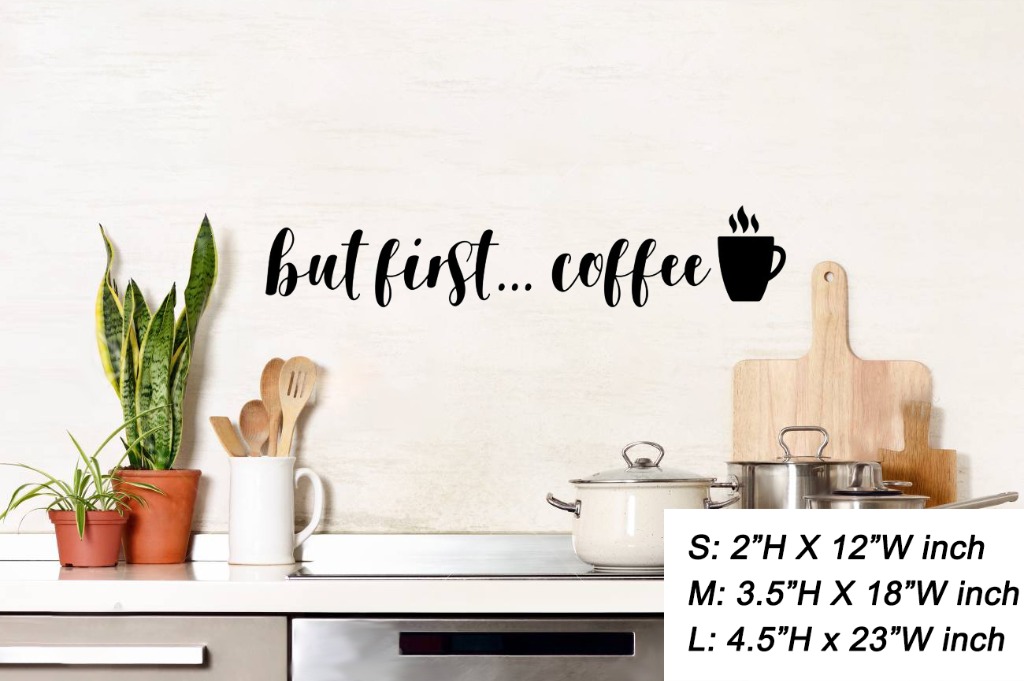The operation of an institutional kitchen is a complex process that requires not only extensive knowledge of goods and services offerings, but also a well-designed kitchen. Institutional kitchens are a combination of commercial, industrial and primary sectors, which require specific expertise and design considerations. This type of kitchen is mainly installed in catering industries, hospitals, schools, and prisons. A good institutional kitchen design is one that helps to improve food safety, optimize workflows, and reduce operating costs. In this article, we'll take a closer look at how to design the perfect institutional kitchen.Creating the Perfect Institutional Kitchen Design
There are several factors to consider when designing an institutional kitchen, including the number of personnel, space constraints, and related equipment. To create an efficient institutional kitchen design, one must take into account the type of food to be prepared, the estimated number of visitors, and the size of the room. Additionally, important design elements such as the shape, layout, and location of the kitchen should also be considered in order to ensure it meets the specific needs of its intended purpose.Institutional Kitchen Design Considerations
The safety of food prepared in institutional kitchens is of the utmost importance. In order to ensure a safe environment, commercial and institutional kitchens must adhere to certain standards set by the Food Safety Act. These standards include the proper storage of food, sanitation measures, and the prevention of cross-contamination. Additionally, proper ventilation is also essential to reduce the risk of airborne contaminants, such as smoke, odors, and fumes. Adherence to these standards is an important part of creating a successful institutional kitchen design.Institutional Kitchen Design Standards for Food Safety
The design of an institutional kitchen should be tailored to meet the unique needs of each establishment. Here are five factors to consider when developing a reliable plan:
The next step in designing a successful institutional kitchen is to develop strategies for meeting food safety standards. Necessary considerations include the proper storage of food, the prevention of cross-contamination, and the maintenance of good hygiene practices. In addition, designing an efficient layout and selecting reliable equipment are also key strategic elements for creating a successful institutional kitchen design.5 Factors for a Reliable Institutional Kitchen Design Plan
Institutional Kitchen Design Strategies
When designing an institutional kitchen, it is important to have an understanding of the importance and necessity of food safety and hygiene. Quality design standards for kitchens are set by the Food Safety Act and require knowledgeable professionals to ensure the safety and quality of food prepared in a commercial kitchen. Additionally, the size, shape, layout, and location of the kitchen should also be taken into consideration.Understanding How to Design a Good Institutional Kitchen
From proper sanitation procedures to efficient workflows, here are the nine best practices for designing an institutional kitchen.
Here are ten key principles to consider when designing an institutional kitchen that can help to optimize efficiency and performance.
When designing an institutional kitchen, it's essential to consider several important factors. Here are four key things one should know before embarking on the design process:
Designing an efficient and safe institutional kitchen can be a complex task. In order to ensure success, it's important to have a comprehensive knowledge of best practices and design guidelines. By understanding the key principles of institutional kitchen design, one can create a space that meets the specific needs of their establishment while also meeting food safety standards. From proper equipment selection to safety considerations, a well-designed institutional kitchen can help to improve food safety, optimize workflows, and reduce operating costs.9 Best Practices of Institutional Kitchen Design
10 Principles for Designing a Top-Performance Institutional Kitchen
4 Things You Need to Know When Designing an Institutional Kitchen
PRIMARY_Institutional Kitchen Design: A Guide to Best Practices
Tips and Tricks for Institutional Kitchen Design Optimization
Comprehensive Strategies For Institutional Kitchen Design
 Designing an institutional kitchen requires careful consideration of all elements that work together to create a safe, efficient, and pleasant working atmosphere. From appliances, fixtures, and equipment to furniture, materials, and staff tools, all these pieces go into creating a well-functioning
kitchen
. This article outlines the key design strategies that should be taken into consideration when planning an institutional kitchen.
Designing an institutional kitchen requires careful consideration of all elements that work together to create a safe, efficient, and pleasant working atmosphere. From appliances, fixtures, and equipment to furniture, materials, and staff tools, all these pieces go into creating a well-functioning
kitchen
. This article outlines the key design strategies that should be taken into consideration when planning an institutional kitchen.
Layout and Floor Plan Design
 Layout and floor plan design is one of the most important aspects of an institutional kitchen. A well-planned layout allows for efficient flow and movement. It should include all four key elements needed for a successful kitchen: work area, service area, storage area, and non-food storage area. It is essential to consider the spatial requirements of the individual pieces of equipment, the safety, and hygiene protocols, and the ergonomic needs of the staff working in the kitchen.
Layout and floor plan design is one of the most important aspects of an institutional kitchen. A well-planned layout allows for efficient flow and movement. It should include all four key elements needed for a successful kitchen: work area, service area, storage area, and non-food storage area. It is essential to consider the spatial requirements of the individual pieces of equipment, the safety, and hygiene protocols, and the ergonomic needs of the staff working in the kitchen.
Appliances, Fixtures and Equipment
 The selection of
appliances
,
fixtures
and
equipment
is vital to the success of an institutional kitchen. Energy efficiency is essential, as well as easy-to-clean features. Appliances should be chosen according to needs for storage, preparation, cooking, cooling, and serving. Fixtures and equipment should be chosen based on their ability to meet the needs of the menu being served, the staff’s needs and preferences, and the budget.
The selection of
appliances
,
fixtures
and
equipment
is vital to the success of an institutional kitchen. Energy efficiency is essential, as well as easy-to-clean features. Appliances should be chosen according to needs for storage, preparation, cooking, cooling, and serving. Fixtures and equipment should be chosen based on their ability to meet the needs of the menu being served, the staff’s needs and preferences, and the budget.
Material Selection
 The
materials
chosen for use in an institutional kitchen are an important part of the overall design of the space. Non-slip materials should be selected for floors, so that accidents are minimized. Furthermore, materials which are easy to clean should be chosen in order to help maintain a clean and safe environment. Countertops should also be selected with the proper considerations for resistance to heat and stains.
The
materials
chosen for use in an institutional kitchen are an important part of the overall design of the space. Non-slip materials should be selected for floors, so that accidents are minimized. Furthermore, materials which are easy to clean should be chosen in order to help maintain a clean and safe environment. Countertops should also be selected with the proper considerations for resistance to heat and stains.
Staff Tools
 When designing an institutional kitchen, the
staff tools
that will be used must also be taken into consideration. Quality pots and pans, bakeware, cutlery and other kitchen utensils should be selected to ensure the best performance from the staff. Furthermore, staff should also have access to the tools needed to properly store and clean any equipment and materials used in the kitchen.
When designing an institutional kitchen, the
staff tools
that will be used must also be taken into consideration. Quality pots and pans, bakeware, cutlery and other kitchen utensils should be selected to ensure the best performance from the staff. Furthermore, staff should also have access to the tools needed to properly store and clean any equipment and materials used in the kitchen.
Furniture and Decorative Elements
 The
furniture
and
decorative elements
of an institutional kitchen should be chosen in line with the aesthetic of the space but also with consideration to how it will operate. Seating and tables should be chosen to ensure staff are comfortable during their shifts but also to facilitate efficient movement within the kitchen. Similarly, decorative elements should be chosen to enhance the overall atmosphere rather than interfere with the efficient operation of the kitchen.
The
furniture
and
decorative elements
of an institutional kitchen should be chosen in line with the aesthetic of the space but also with consideration to how it will operate. Seating and tables should be chosen to ensure staff are comfortable during their shifts but also to facilitate efficient movement within the kitchen. Similarly, decorative elements should be chosen to enhance the overall atmosphere rather than interfere with the efficient operation of the kitchen.
Conclusion
 When it comes to institutional kitchen design, all the elements must be taken into consideration in order to put together a functional yet attractive space. All components, from appliances and equipment to furniture and decorative elements must be chosen carefully in order to ensure an ergonomic, safe, and pleasant working environment.
When it comes to institutional kitchen design, all the elements must be taken into consideration in order to put together a functional yet attractive space. All components, from appliances and equipment to furniture and decorative elements must be chosen carefully in order to ensure an ergonomic, safe, and pleasant working environment.



















































